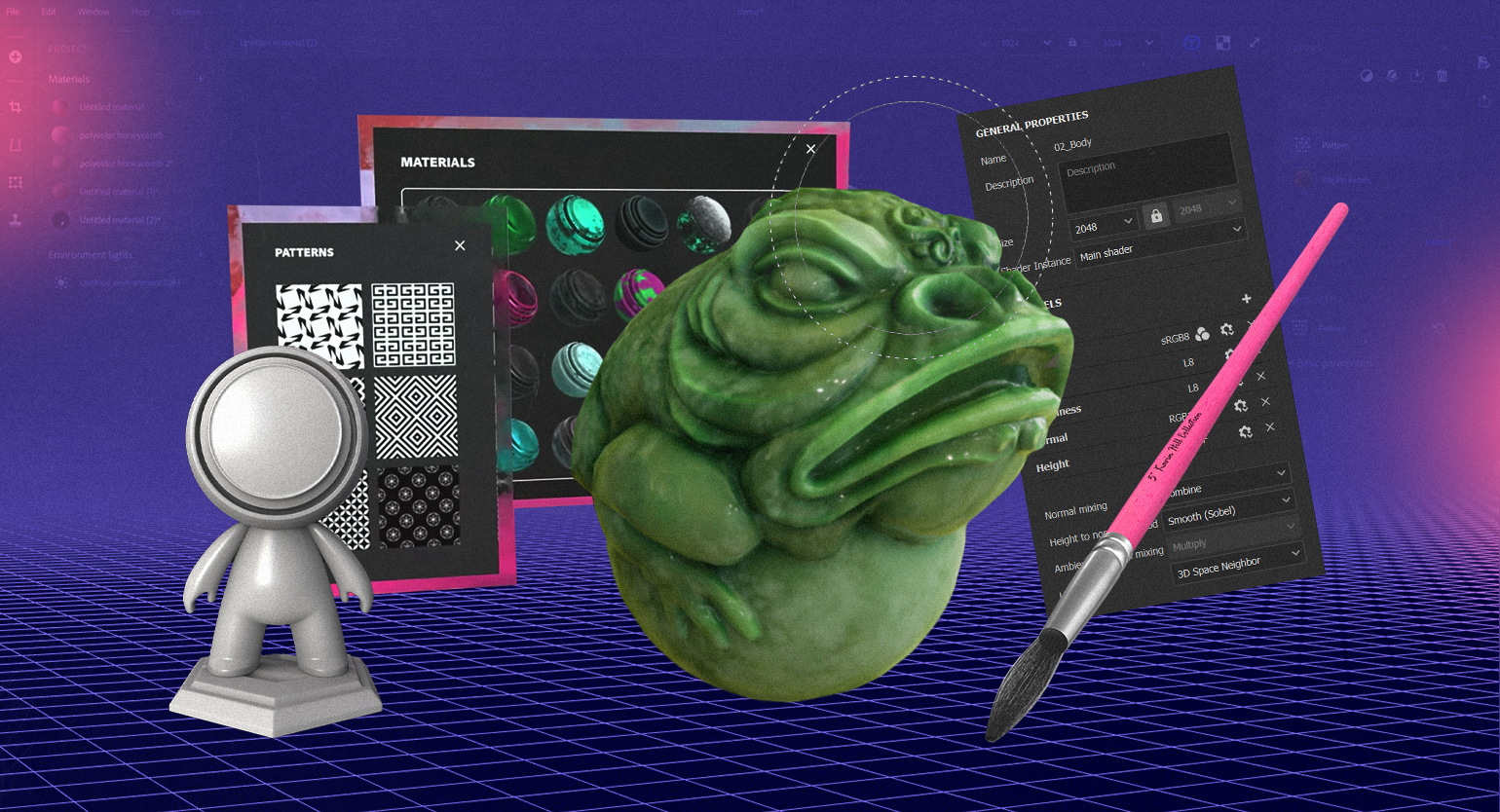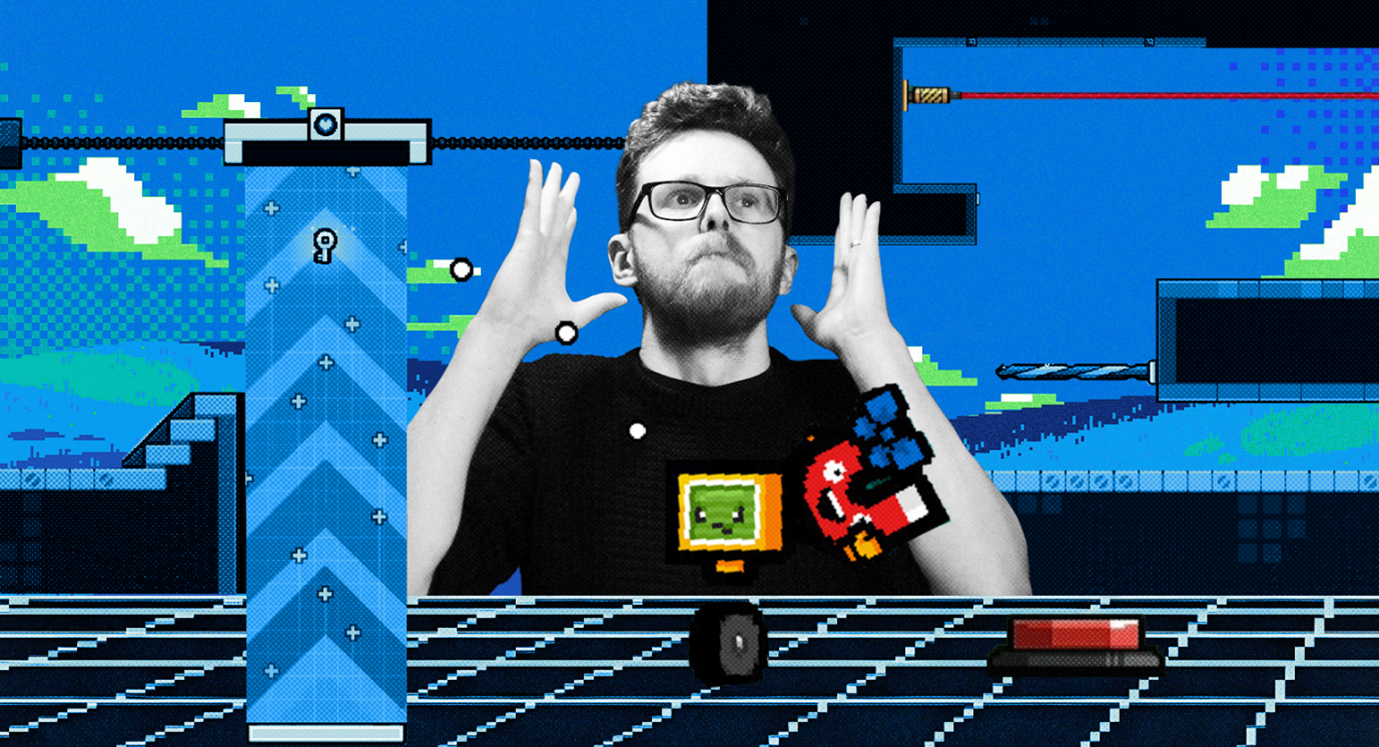Minecraft: All You Need to Know About the Popular Game in 2024
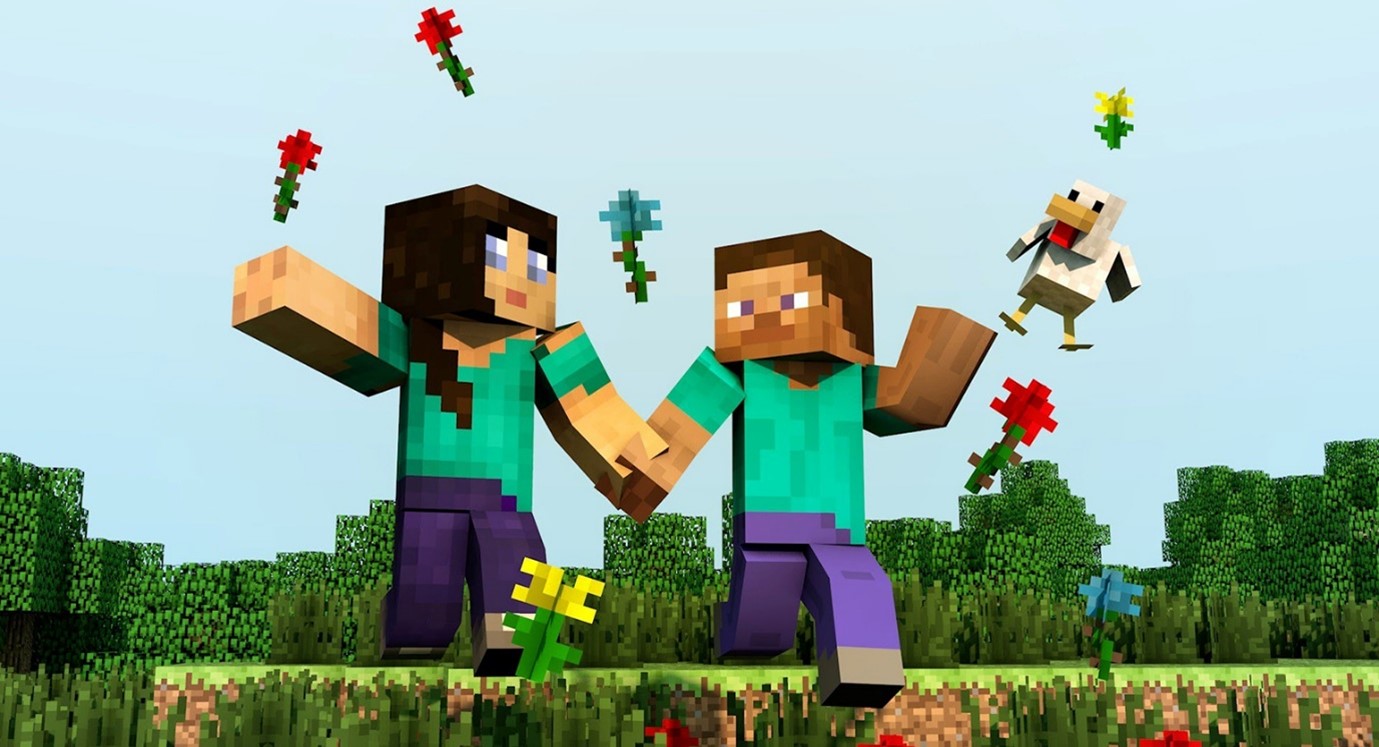
Minecraft has long become a global phenomenon, despite not fitting the usual criteria for a video game hit. It lacks an engaging storyline, clear tutorial, or photorealistic graphics, yet none of this has hindered its sales, reaching hundreds of millions of copies sold.
The Essence of Minecraft
The gameplay of Minecraft primarily consists of five activities: exploration, resource gathering, crafting, combat, and building.
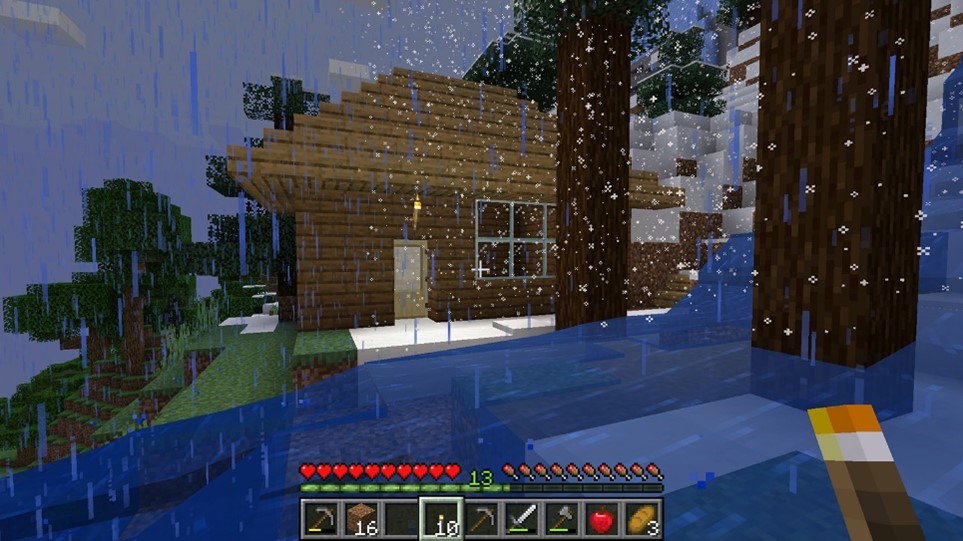
Exploration begins from the very first minutes of the game. When you first enter a new world, you literally have nothing. Therefore, your first task is to explore the map, gather food, craft tools, and, of course, find a suitable location to build your shelter.
Crafting is also essential for producing weapons and armor. Throughout the game, you'll often find yourself in battles with aggressive mobs, which often inhabit dark caves and emerge at night. The variety of monsters is diverse, ranging from ordinary zombies and skeleton archers to more unusual creatures like creepers, exploding near the player, or endermen, becoming aggressive when looked at in the eyes.
Building also serves as a defense against monsters — because a closed door blocks the path of mobs, torches prevent them from spawning in illuminated areas, and a bed allows you to sleep until the sun rises, which will incinerate most of the monsters. Additionally, building is useful for crafting; for example, you can construct a farm with plots and animal pens to avoid depending solely on hunting and gathering.
Why Minecraft Became Popular Worldwide
Perhaps the main factor contributing to Minecraft's success is the creative potential inherent in its mechanics and the format of building structures from blocks. The game has often been compared to classic LEGO blocks, and rightfully so: players here also receive a set of identical blocks that can be assembled into anything their heart desires.
In the first few hours after Notch released the earliest alpha version of the game on the TIGSource forum, people were already sharing their creations — and as the project evolved, players' creations became increasingly ambitious.
For example, one fan recreated the city of Yharnam from the game Bloodborne in Minecraft. Others built Hobbit villages and the fortress of Minas Tirith from "The Lord of the Rings." Versions of real cities and architectural landmarks can also be found in the game: players have constructed the Notre-Dame Cathedral, Venice, the Acropolis of Athens, and in 2020, a YouTuber named PippenFTS launched the Build The Earth project, aiming to build a one-to-one scale replica of the Earth.
However, even recreating an entire planet is not the most impressive thing you can do in Minecraft. The fact is that within the game, you can build real computers — and fans have utilized these capabilities to run Tetris, primitive internet, and even Minecraft itself.
Such flexibility of the game engine practically guaranteed that sooner or later someone would figure out how to use Minecraft for non-gaming purposes. One of the first to do so was Mojang itself: in 2012, the studio launched the urban project Block by Block, in which residents of different cities around the world create urban improvement projects in the game and then present them to city authorities. But Minecraft found much broader application in a completely different area — school education.
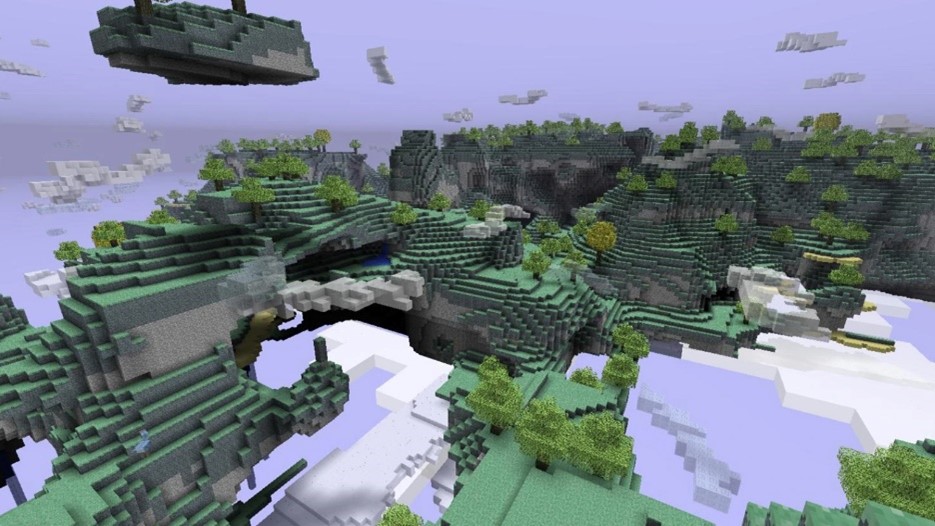
Minecraft stands out from all these games at a philosophical level: it firmly believes that the main and most memorable experience in the game is created by the players themselves. This is even reflected in Notch's poem, which is reproduced after defeating the final boss. It contains the words: "To tell [the player] how to live is to forbid him to live."
Most likely, this is why Minecraft will continue to attract new generations of gamers for a long time to come — because it offers not just a set of interesting dungeons or an exciting story campaign, but a whole world in which you can create and live.


